

Max Davies
2026 GWM Haval Jolion review
38 Minutes Ago

Contributor
Hyundai has revealed the 2020 i30 Sedan, ahead of its arrival later this year.
With more technology, a distinctive look, and a name borrowed from its popular hatchback sibling, the i30 Sedan will go head-to-head with the Mazda 3, Toyota Corolla, and Kia Cerato when it arrives during the second half of 2020.
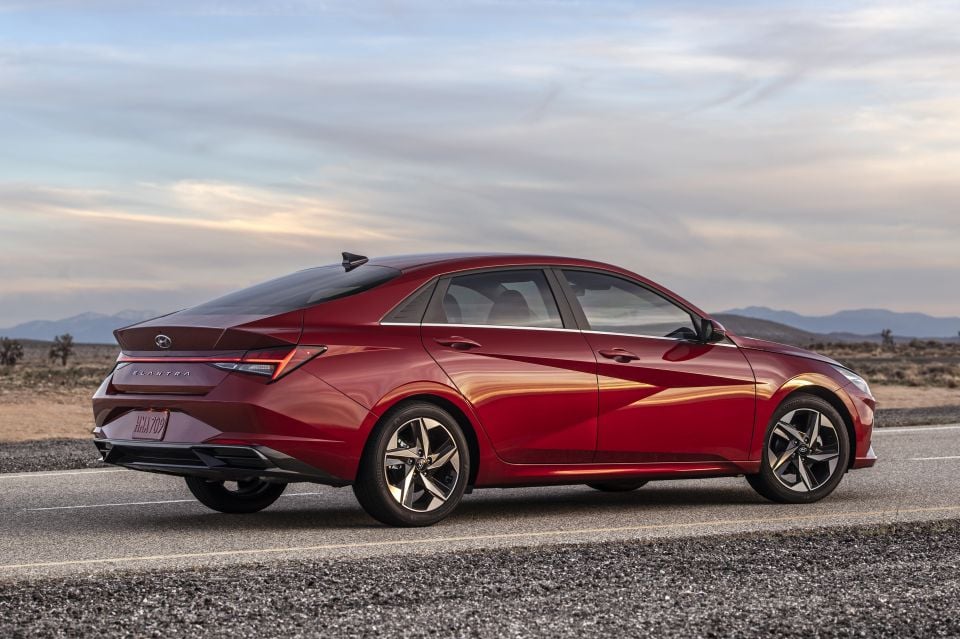
Following in the footprints of its larger Sonata sibling, the i30 Sedan looks significantly more aggressive than the car it replaces.
For starters, it’s much larger. The i30 Sedan is 56mm longer, 25mm wider and 20mm taller than the Elantra, with a 20mm longer wheelbase.
Hyundai says there’s significantly more space for passengers inside, too, while boot space is listed at 402L.
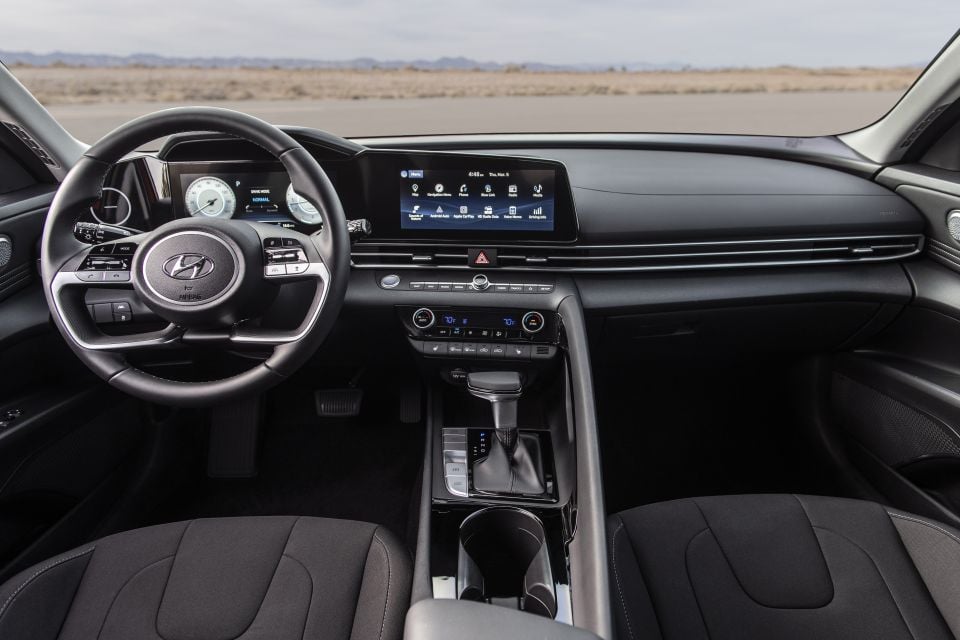
There are a number of firsts behind the wheel, starting with wireless Apple CarPlay. The driver is faced with a 10.25–inch digital instrument screen, and the infotainment screen measures 10.25inches as well – although an 8.0–inch touchscreen is standard on low-end cars overseas.
The driver and passenger sit low, enveloped by a high centre console with more than just a hint of Genesis about it, and there’s even coloured ambient lighting on hand.
Two engines will be offered abroad at launch, most interesting of which is a hybrid. It pairs a 1.6-litre petrol engine running the lean Atkinson Cycle and an electric motor for a total system output of 103kW and 254Nm.
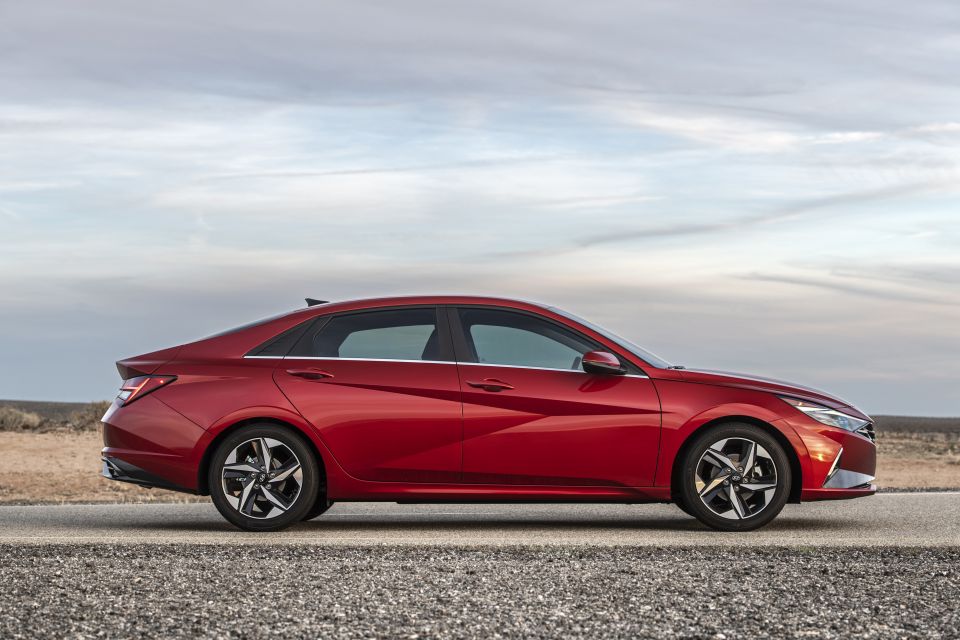
Power is put to the road through a six-speed dual-clutch transmission. It’s capable of pure-electric driving at low speed, while the electric motor can provide the petrol engine a boost at higher speeds.
Unfortunately it’s not yet confirmed for Australia, but Hyundai says it could come later in the i30 Sedan’s life.
The only engine on offer in Australia initially will be a 2.0-litre petrol unit with 109kW and 179Nm, put to the front wheels through a transmission dubbed IVT by Hyundai.
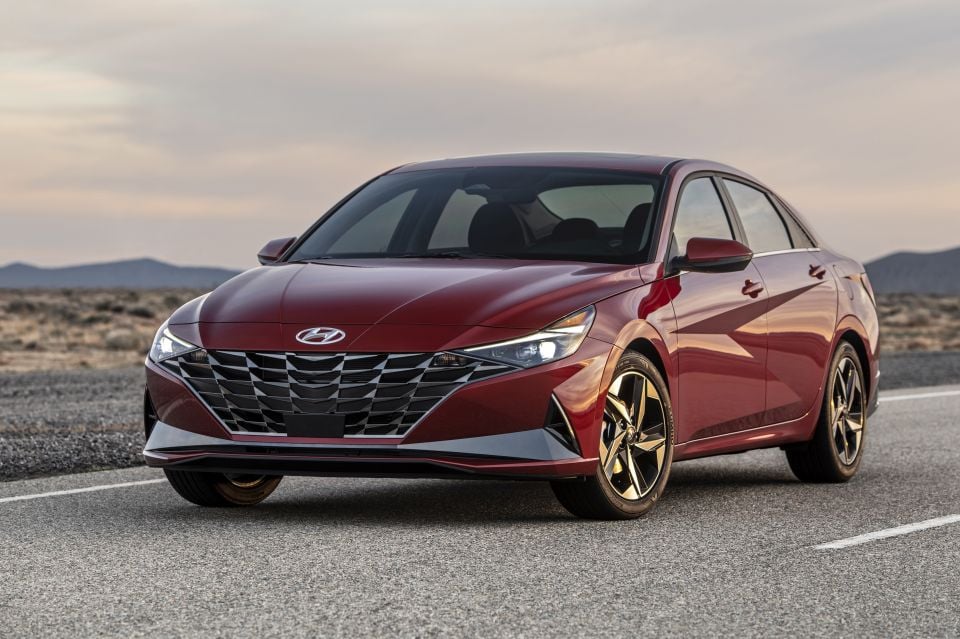
Although similar in concept to a continuously variable transmission (CVT), the IVT uses a chain instead of a belt, and Hyundai says its operating range is wider than that of a conventional CVT.
A sportier i30 N-Line Sedan will be offered later in 2020, although what will power it hasn’t been confirmed.
We’d suggest a version of the turbocharged 1.6-litre petrol engine used in the current Elantra SR and i30 N-Line is likely to feature, offering the same 150kW and 265Nm.
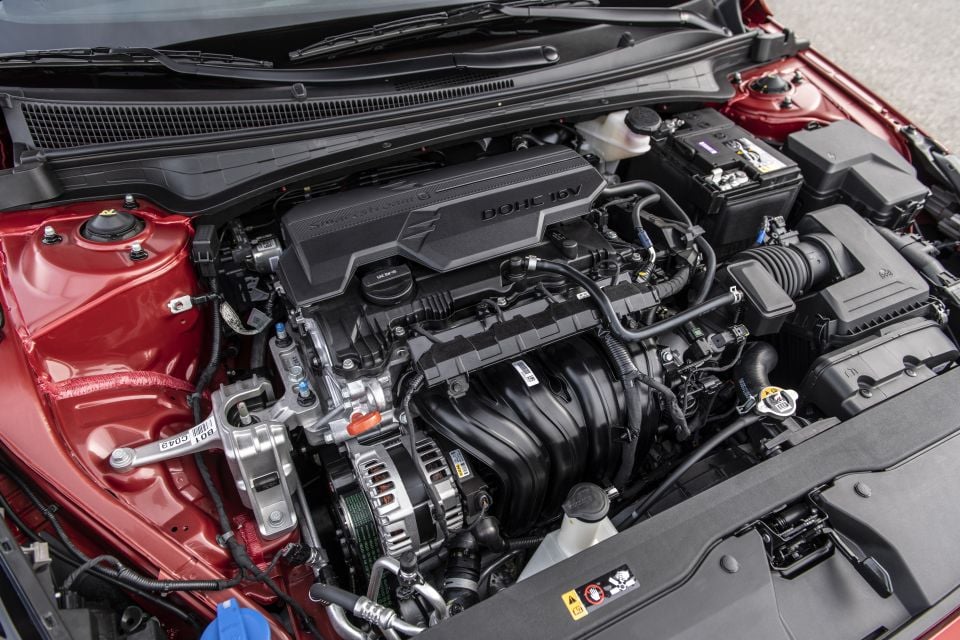
Australian specifications for the i30 Sedan haven’t been finalised, but a full suite of semi-autonomous driver assists will be offered overseas.
Autonomous emergency braking, lane-keeping assist, auto high-beam, and driver-attention monitoring will be standard in the USA, while blind-spot monitoring, adaptive cruise, high-speed steering assist, and rear cross-traffic alert will be offered optionally.
Below: The current Hyundai Elantra, set to be replaced by the i30 Sedan
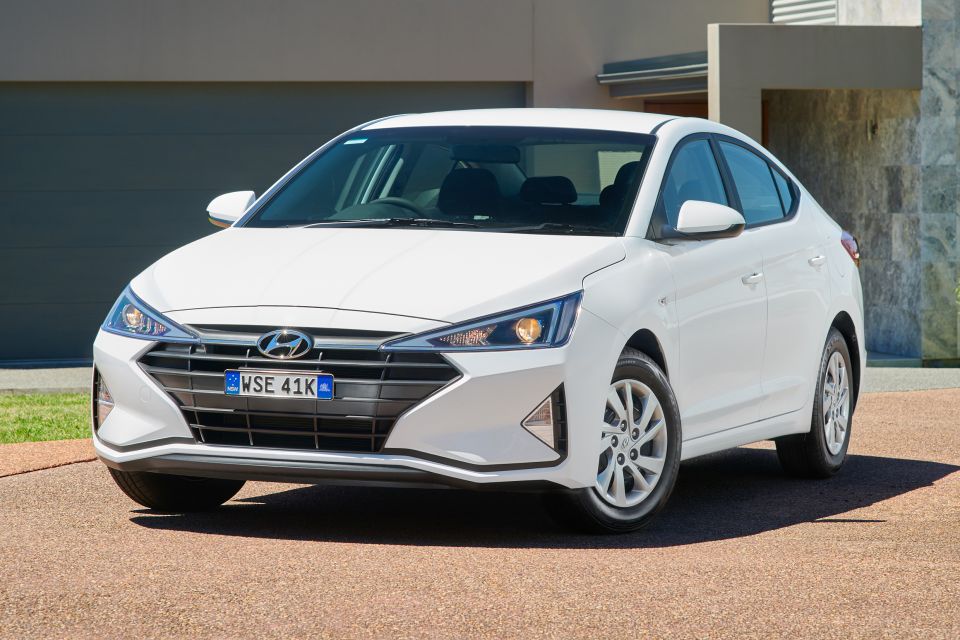

Where expert car reviews meet expert car buying – CarExpert gives you trusted advice, personalised service and real savings on your next new car.
Scott Collie is an automotive journalist based in Melbourne, Australia. Scott studied journalism at RMIT University and, after a lifelong obsession with everything automotive, started covering the car industry shortly afterwards. He has a passion for travel, and is an avid Melbourne Demons supporter.


Max Davies
38 Minutes Ago


Damion Smy
11 Hours Ago
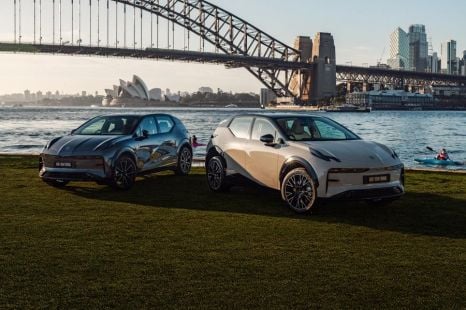

Max Davies
17 Hours Ago


Max Davies
3 Days Ago


Damion Smy
4 Days Ago
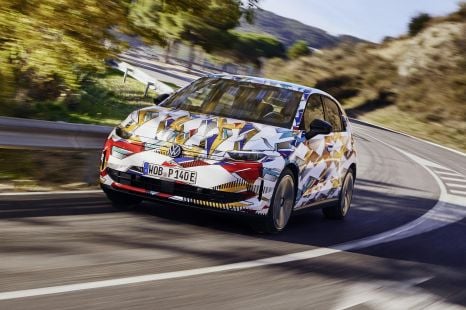

William Stopford
7 Days Ago